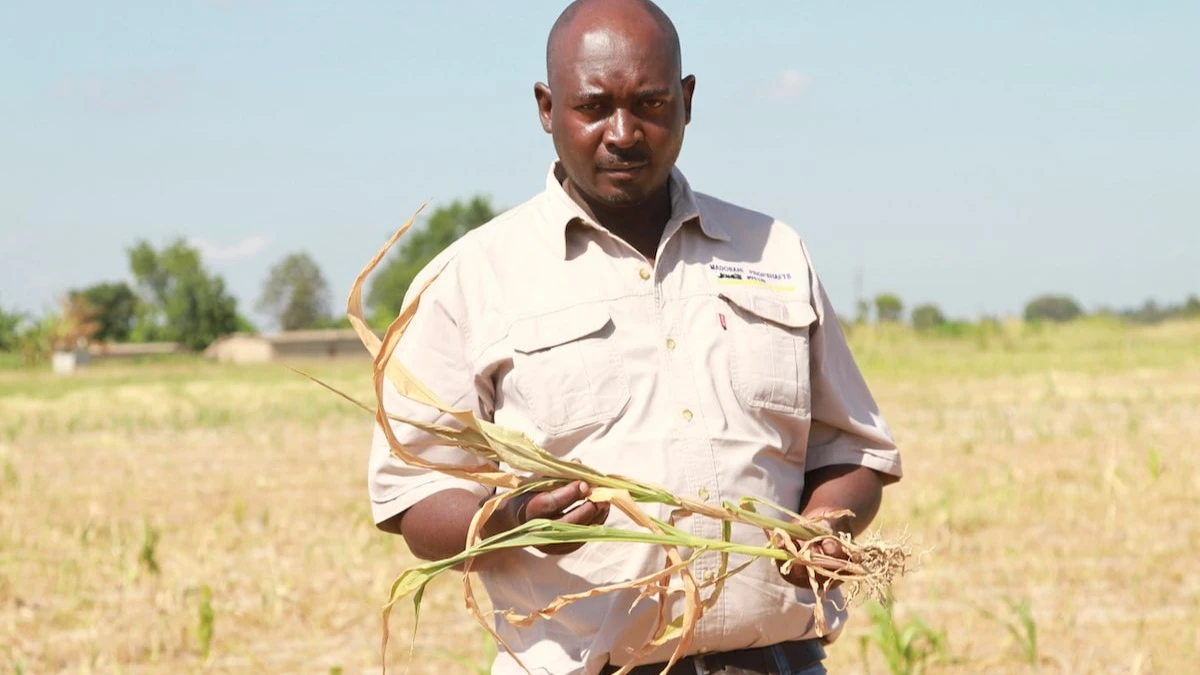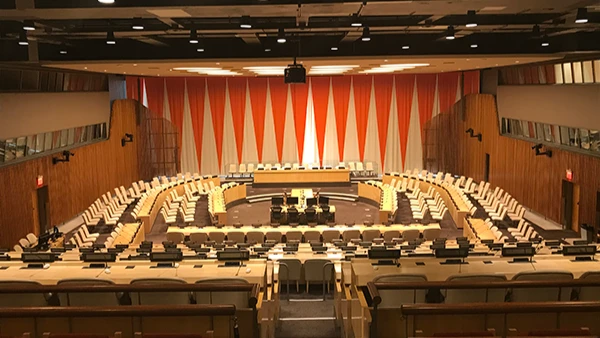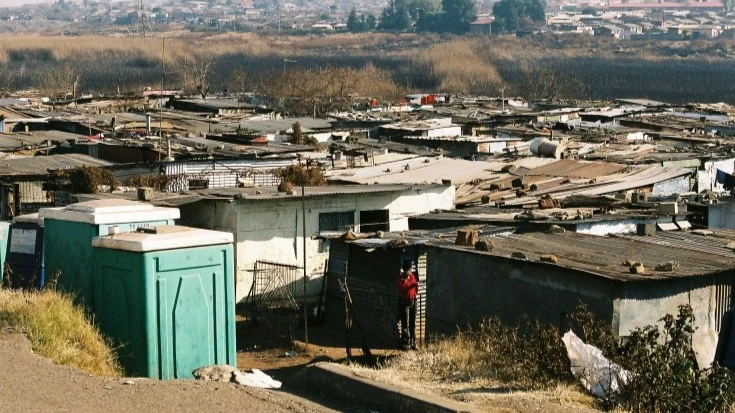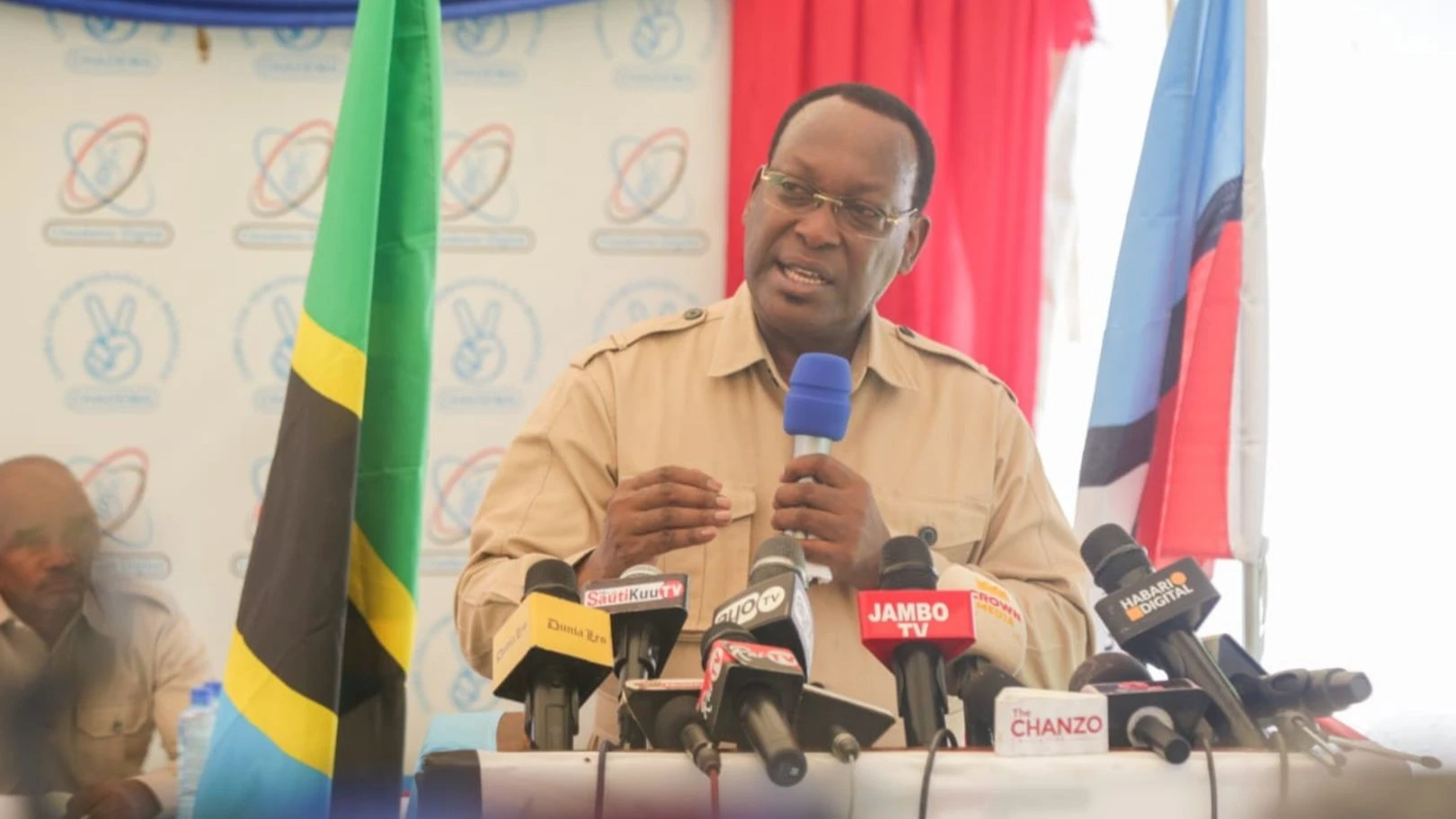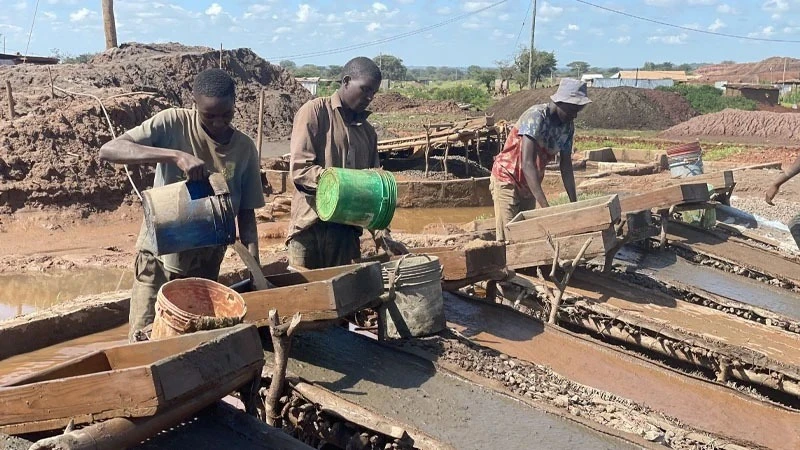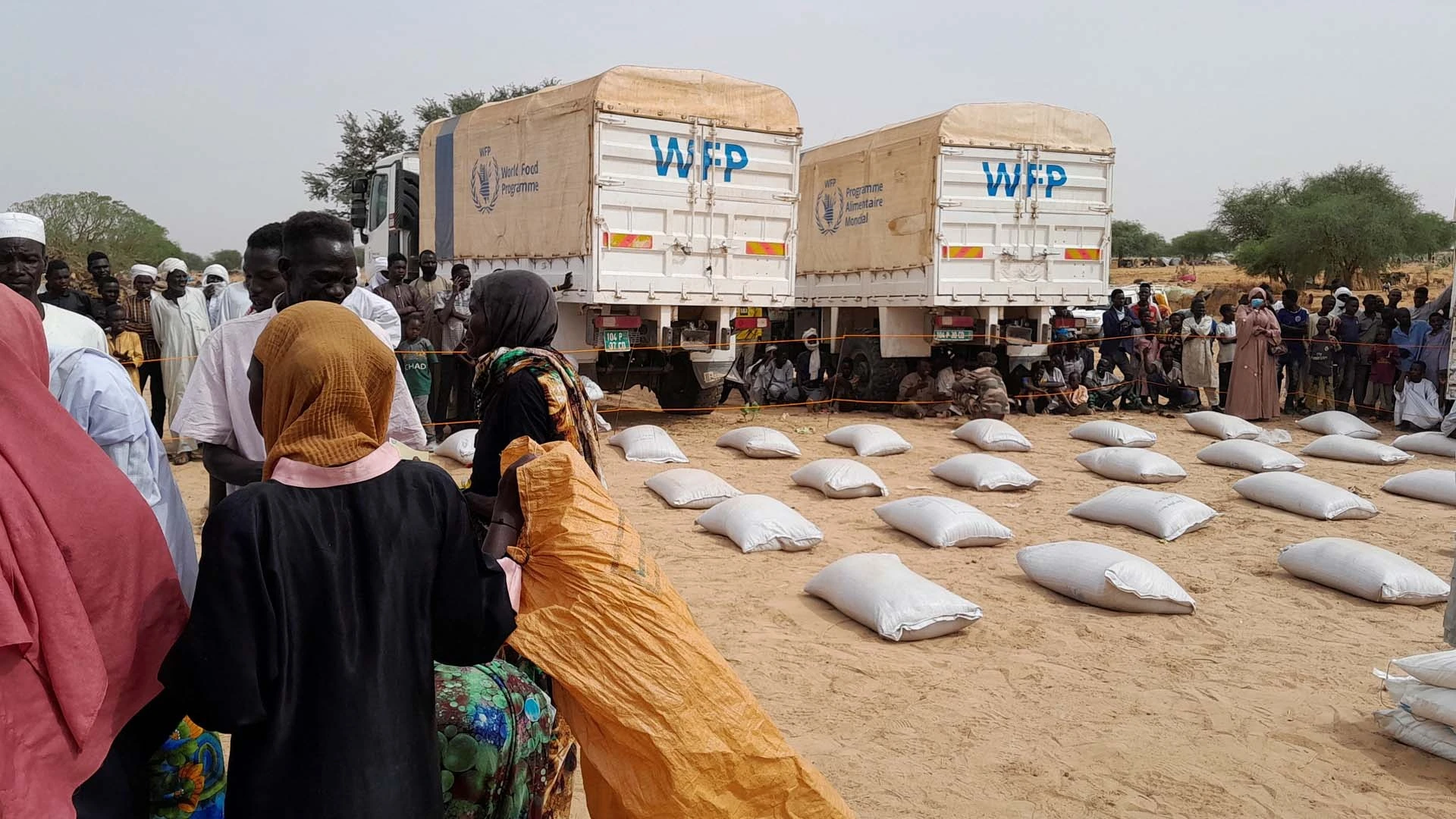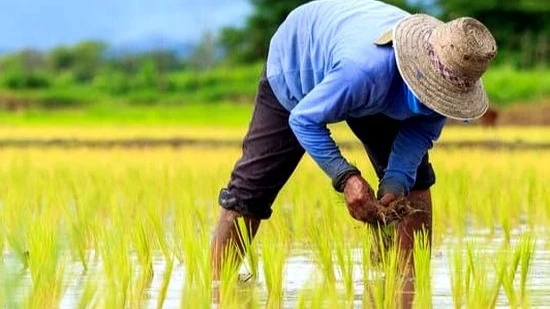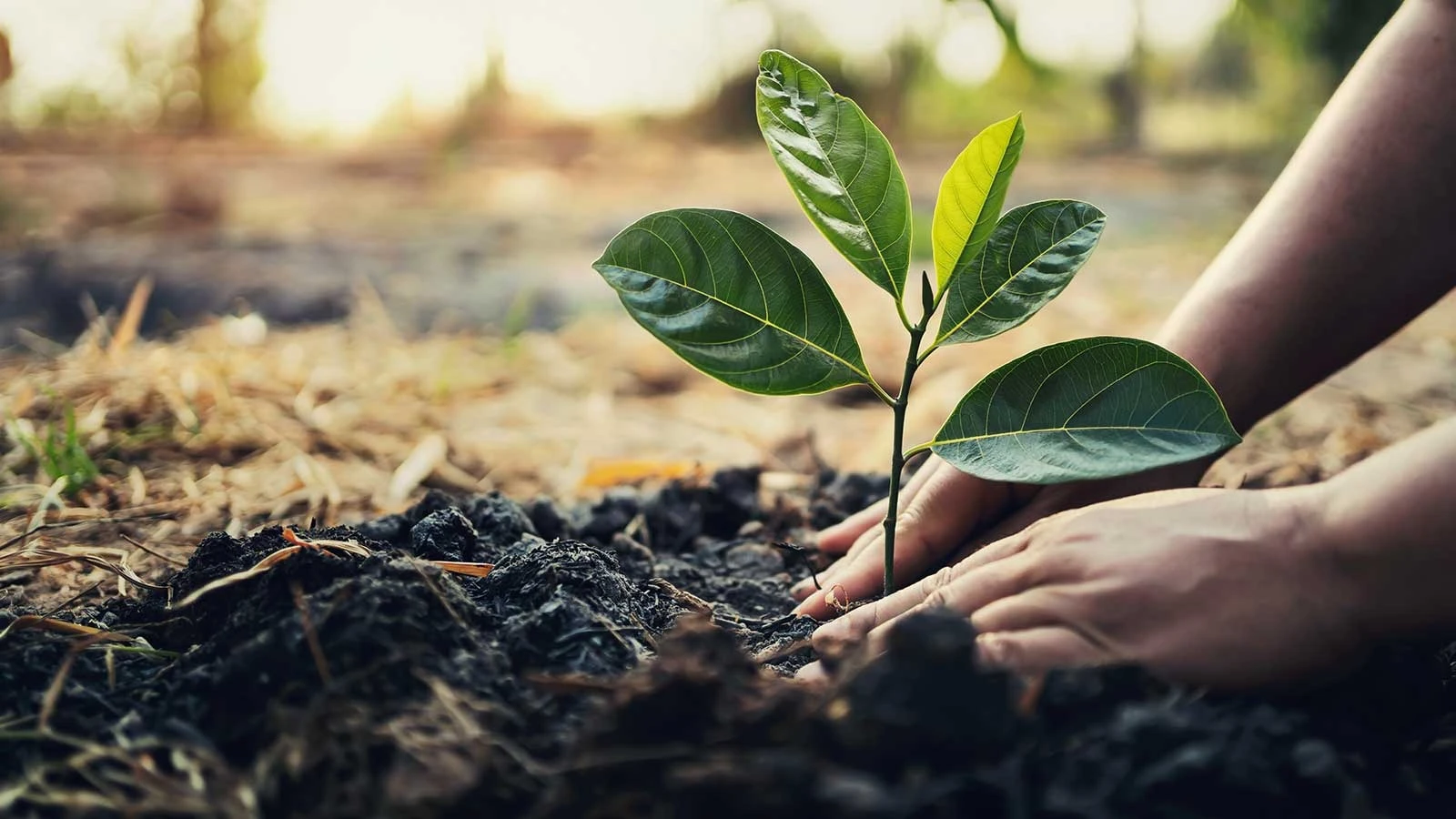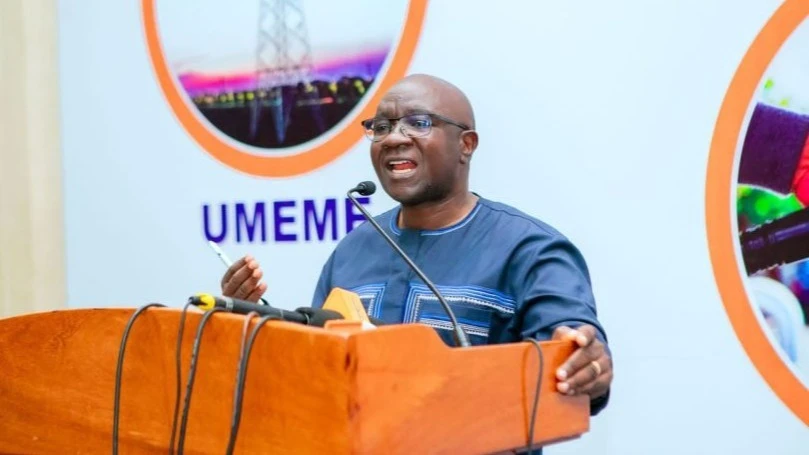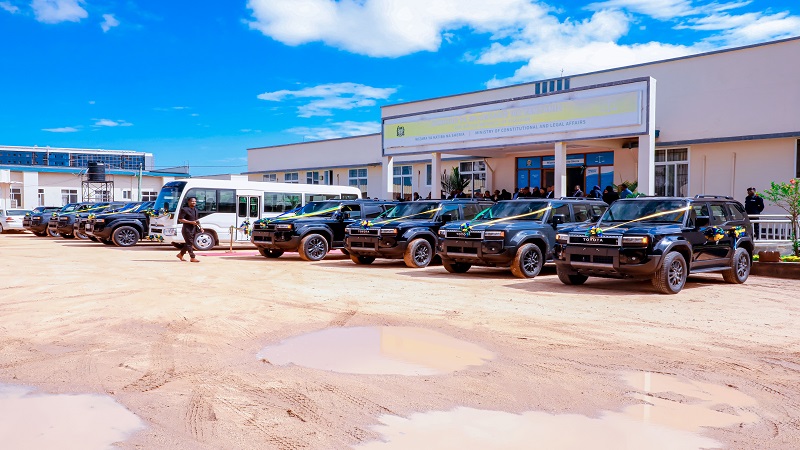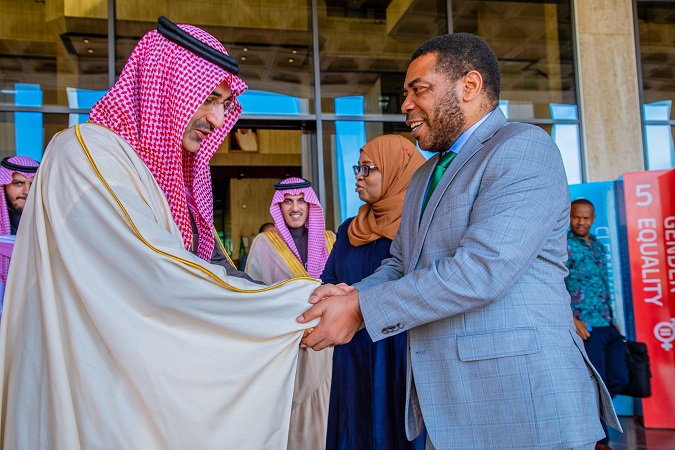Ruaha National Park: Celebrating 60 years of southern tourism goldmine
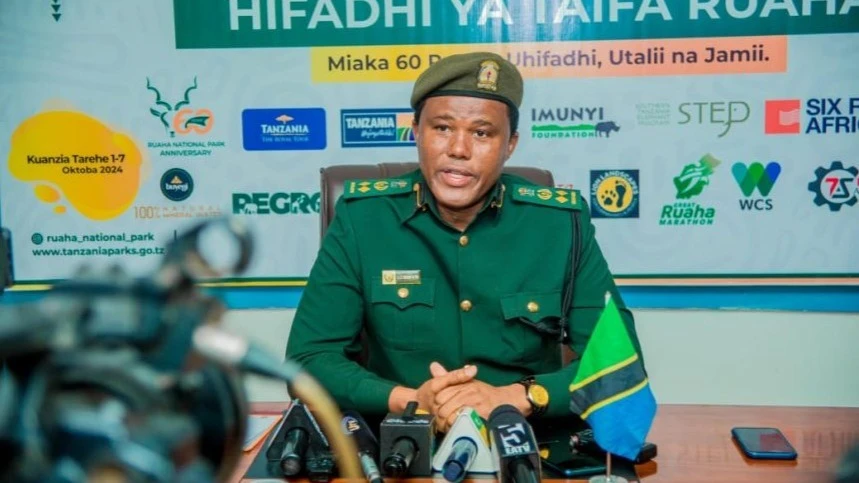
LOCATED in southern Tanzania, Ruaha National Park is one of the largest and most significant national parks in the African continent. Its history is deeply connected to Tanzania's conservation efforts and the development of wildlife protection.
The park was officially established in 1964. The government has been prioritising wildlife conservation as part of its national development strategy, and Ruaha is one of the symbols of this commitment.
Ruaha National Park expanded its borders to protect a broader range of ecosystems and wildlife habitats. In 2008, the Usangu Game Reserve, which included the Usangu wetlands, was annexed to Ruaha, making it the largest national park in Tanzania and one of the largest in Africa.
Its expansion was significant for both conservation and the local communities since it is a home to one of the largest populations of elephants in Africa, as well as large herds of buffalo, lions, and a variety of bird species. The Usangu Wetlands, now part of the park, are crucial for the region’s water supply and biodiversity.
The park is a key player in ecotourism, offering visitors unique experiences such as game drives, bird watching, and walking safaris. It is a major water catchment area, with the Great Ruaha River playing a vital role in Tanzania's agriculture and hydroelectric power production.
Ruaha National Park will celebrate its 60th anniversary from October 1st to 7th 2024. The event will mark a milestone in the country’s history of wildlife preservation and sustainable tourism.
This milestone offers a chance to reflect on conservation achievements, the importance of natural resources, and economic opportunities the country’s tourism sector offers.
Dr Pindi Chana, Minister for Natural Resources and Tourism is expected to grace the event and launch a number of new services including hot air balloon tours, to enhance visitor experiences.
Tourism is crucial to Tanzania’s economy because it fuels growth, creates jobs, supports conservation, enhances infrastructure, and promotes cultural heritage, making it a cornerstone of the country’s development.
Tourism is among the key drivers of the country’s economy, contributing approximately 17 percent of the country's Gross Domestic Product (GDP). It is the largest foreign exchange earner as the influx of international tourists provides a steady flow of foreign currency.
Tourism creates jobs for a large portion of the population, directly employing hundreds of thousands of Tanzanians. Jobs range from tour guides, hotel staff, and park rangers. For communities, especially those near major tourist attractions like Serengeti, Kilimanjaro, and Zanzibar, tourism is a primary source of income.
For decades, the northern regions of Tanzania have capitalized on tourism, with generations embracing and promoting it. Improved infrastructure has fuelled this growth. However, the southern highland, especially Iringa Region where the Ruaha National Park is located, is now becoming a key destination for local and foreign tourists.
The event will also engage traditional and religious leaders in discussions about conservation efforts. Ruaha National Park plays a crucial role in Iringa’s economy, offering jobs in tourism and supporting local businesses. The introduction of hot air balloon tours is anticipated to attract both international and domestic tourists, boosting employment and small businesses.
Infrastructure upgrades are underway, including the 104-kilometer road from Iringa to Msembe and the near-completion of Iringa Airport. These improvements will reduce travel time and increase the park’s accessibility.
The celebrations also emphasize community involvement, particularly with local families and people with disabilities. Children and youth will participate in educational programs to foster conservation awareness.
Ruaha National Park is not only a local economic engine but also a national one. The park draws international visitors, generating substantial revenue through entrance fees, accommodation, and other services. It is renowned for its vast wildlife population, including elephants, buffaloes, and lions, making it a top destination for tourists.
Tourism has spurred national infrastructure improvements, including roads, airports, and facilities within the park, enhancing visitor services and revenue. Beyond tourism, Ruaha’s river system supports the Mtera Dam, which supplies crucial electricity to Tanzania. Preserving the river is essential for both environmental and economic reasons.
President Samia Suluhu Hassan’s promotion of Tanzania’s tourism through the documentary The Royal Tour has brought global attention to Ruaha National Park and other attractions, increasing tourist numbers. Domestically, the film has encouraged Tanzanians to explore their country's beauty, boosting local tourism.
The park’s chief conservator, Godwell Ole Meng’ataki, said the celebrations will include tours of various groups such as people with disabilities, religious leaders, traditional elders, and other distinguished guests.
"We have also invited various stakeholders in the tourism sector, including scholars, tourism experts, investors, conservationists and the local community to attend a special symposium which is held as part of the celebrations," he said.
The symposium aims to discuss the challenges and opportunities in the tourism sector, while also introducing the new hot air balloon tourism product that is anticipated to become a key attraction for visitors.
Top Headlines
© 2024 IPPMEDIA.COM. ALL RIGHTS RESERVED




